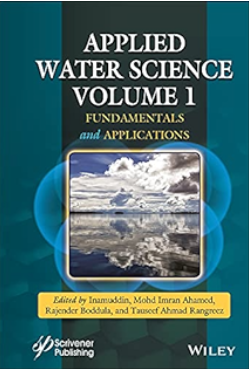Controlling stormwater at the source: dawn of a new era in integrated water resources management
Abstract
Published results on rainwater management systems revealed a lack of holistic science-based design principles. A new approach to rainwater management is proposed. Its necessity and feasibility are discussed. It is demonstrated that quantitatively harvesting rainfall and infiltrating a fraction should be mandatory. Thus, the primary site-specific parameter is the intensity of rainfall. Clearly, rainwater should be harvested and used everywhere as a valuable resource. Under arid semi-arid conditions large tanks maximize water storage for the long dry season while under humid conditions the same helps to minimize the frequency of emptying to avoid flooding. The new approach separates rainwater (and stormwater) from sewage and has the potential to maintain the natural hydrological cycle in urban areas despite urbanization. In already crowded slums, rainwater harvesting (RWH) can also be used to restore the hydrological cycle. The new approach advocates for decentralized RWH infrastructures to harvest, infiltrate, and store rainwater in individual residences, while piping overflows to semi-centralized cluster-scale tanks. Rooting integrated water resource management on RWH appears to be the missing puzzle in: (i) restoring the natural hydrological cycle where it has been disturbed (landscape restoration), (ii) avoiding flooding, and (i) mitigating soil erosion. This is essential for sustainable development.

 求助内容:
求助内容: 应助结果提醒方式:
应助结果提醒方式:


